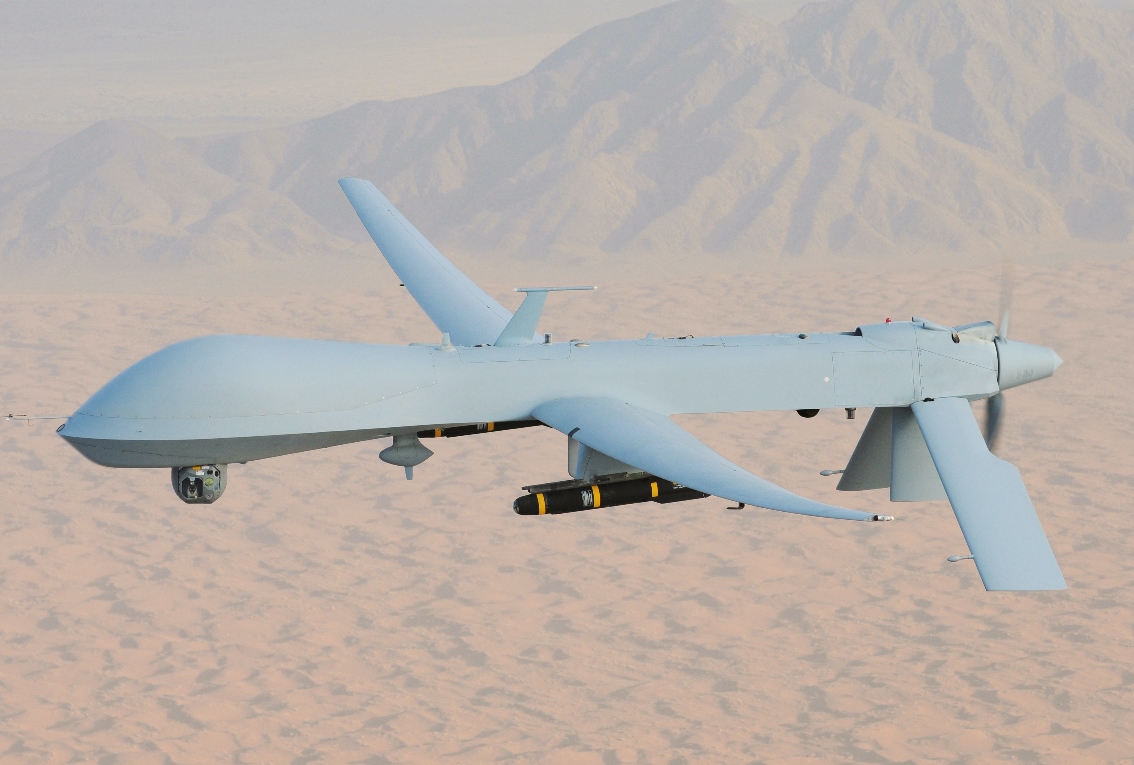The US authorities are often accused of adopting what is seen as dangerous crowd control measures. A video that has gone viral on social media shows an AS350 helicopter flying at extremely low levels to scatter a crowd of protestors in Minnesota.
Similar incidents were reported in the past, in which the US authorities deployed helicopters at precariously low altitudes, threatening the safety and security of the people gathered on the ground as well as crew and the chopper itself.

Last year, there was a massive public uproar after US military helicopters flew low over the crowd protesting the killing of George Floyd in Washington DC. However, it seems the US has adopted this dangerous crowd control measure on a regular basis.
The latest video shows an AS350 helicopter of the US Customs and Border Protection in action to disperse a protesting crowd in Minnesota.
On June 7, around 1000 protestors comprising indigenous groups and climate activists blocked the road to a worksite of the Enbridge Energy near Two Inlets.
Citing environmental risks to the area, the protestors have requested the US President to halt the work on the Line 3 pump station.
In a report, TheDrive mentions the helicopter with a registration code of N3949 A, flying towards the crowd at an incredibly low altitude. At a slow speed, it eventually moved towards the side and hovered for a while. Dust and debris flew next as a result of the rotor wash of the helicopter.
DHS/Border Patrol is using helicopter rotor wash to try to clear out activists out from an occupied #Line3 pump station north of Park Rapids. More than 24 activists are locked down to equipment inside. @MPRnews pic.twitter.com/ArTN6FAqwC
— Evan Frost (@efrostee) June 7, 2021
A Dangerous Crowd Dispersal Strategy
This strategy of using low-flying helicopters to scatter crowds may prove to be dangerous. It threatens the safety of those on the ground as well as the crew and its helicopter. The dust and debris generated by a helicopter downwash may cause life-threatening injuries to those on the ground.
Further, that same debris if gets into the rotors of the helicopters or hits the helicopter can also cause a disaster. The chances of the helicopter losing its control and crashing on the crowd can’t be ruled out either.
In June 2020, Washington DC and other American cities witnessed large-scale protests following the killing of George Floyd in Minnesota.
In one such protest, a UH-72 Lakota and a UH-60 Blackhawk operated by DC National Guard were caught on camera flying at precariously low heights over the protesting crowds.
To curb the protests and the ensuing violence, the US Secret Service had reportedly given special permission to the authorities to conduct helicopter flights in Washington. The head of the DC National Guard, Major General William Walker, had put two UH-72s and three UH-60s on alert at the Davison Army Airfield.
The permission was given for emergency medical evacuations.
The incident sparked a massive controversy even as the US Army later called it a misuse of military medical aircraft and ordered disciplinary action against multiple soldiers.
“It was a potentially very dangerous scare tactic that was meant to intimidate D.C. residents. And it was wholly inappropriate in an urban setting,” Mayor Muriel E. Bowser told reporters two days after the June 1 incident.
Use of Predator Drone
In another incident related to the racial protest against the killing of George Floyd, the Customs and Border Protection (CBP) used a Predator drone over Minneapolis.
The drone, after taking off from North Dakota’s Grand Forks Air Force Base, flew over the protesting crowd for nearly 90 minutes.

A network security professional, Emily Crose, had filed a Freedom of Information Request (FOIA) to understand the ways of local policing, and the degree of surveillance being used on citizens.
“When federal agencies like Customs and Border Patrol can be called upon to surveil local demonstrators without a justification that comports directly with the agency’s mission, it contributes to the ways our communities are over-policed”, Crose reportedly stated.
She also added that “the level of surveillance being done on local communities during protests, particularly in the last year, needs to stick in the memory of the public”.




